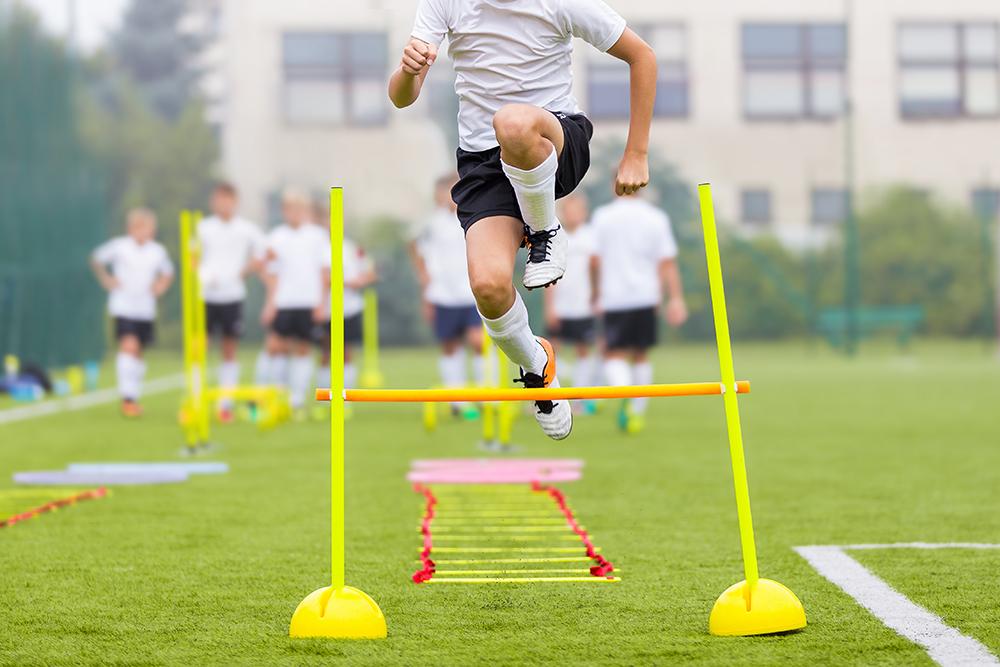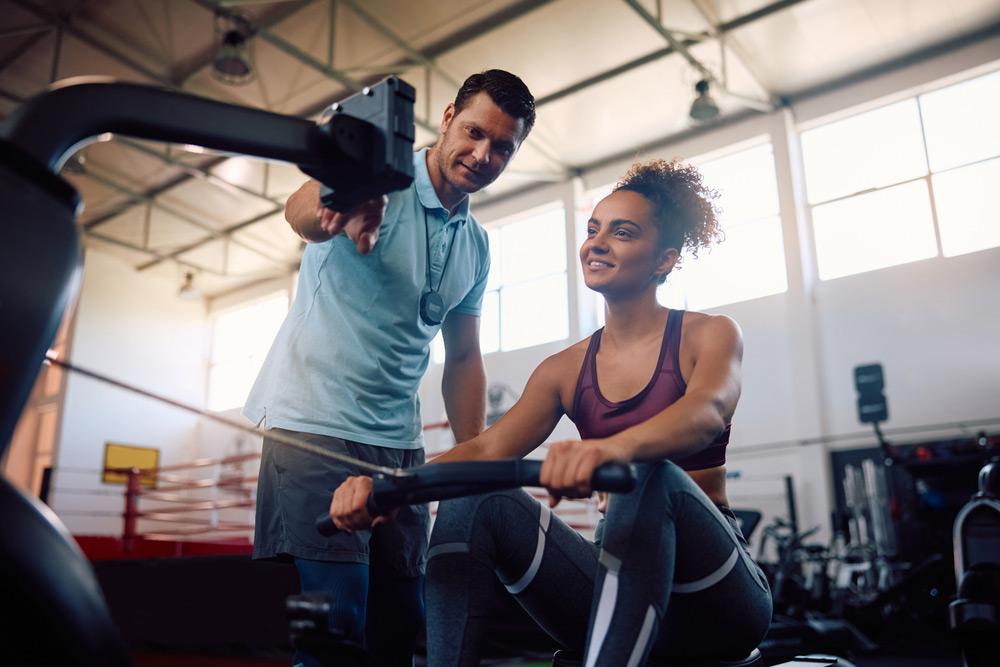 Some athletes, when asked about their current goals, will simply list ‘winning.’ But ask how they intend to meet that goal and you’ll likely be met with confused silence. Not only does goal-setting often go overlooked, we also miss teaching students how to meet their goals by putting specific, long-term daily habits in place.
Some athletes, when asked about their current goals, will simply list ‘winning.’ But ask how they intend to meet that goal and you’ll likely be met with confused silence. Not only does goal-setting often go overlooked, we also miss teaching students how to meet their goals by putting specific, long-term daily habits in place.
Frank L. Smoll, PhD, a sport psychologist and professor at the University of Washington, regularly finds himself teaching these concepts to university students who are learning about goal-setting for the first time. Here’s what he wants you to know to help your athletes create a system of habits to hit their goals.
Teach goal-setting basics
Before explaining habits, you need to first teach your athletes how to set goals, and then how related habits can logically help them achieve those goals. It sounds obvious to adults, but for young children, that cause-and-effect may be harder to comprehend.
“In college, I teach a course on this, but it’s foundational and often skipped in younger grades,” says Smoll. In order to set young athletes up with a strong foundation of goal-setting, try sharing the concept of SMART goals and the reasoning behind this strategy.
Consider the ABCs
“Create goals that are Achievable, Believable, and Commit-able,” says Smoll. “People often set broad goals – like New Year’s resolutions to ‘lose weight’ – and they rarely work.” That’s because goal-setting is a process that requires commitment to working on things on a daily basis.
You need to start with a goal that you can believe in, realistically achieve, and are willing to commit to. Then, break down that goal into action steps. “Find individual steps that are achievable and commit to them,” he adds. “Those early wins are going to keep students invested and moving forward.”
Not all goals are created equal
“Find something that your athletes want to get from the season. Find something that they will want to achieve, and they will be motivated to start working on those strong habits,” explains Smoll.
Their goals don’t have to be sport-specific. Suggest something outside of sport if they’re struggling to find something sport-related. Maybe a goal would be to make time to read more books or improve their grade in a class. Smoll adds, “You can find something simple that they want to accomplish, and once they accomplish something small, they’ll be even more motivated.”
Define those good habits
Once a SMART goal has been identified, sit down with your athletes and list out habits that support that goal and will help the team find success, suggests Smoll.
That can include practice-specific habits like always warming up, as well as healthy lifestyle habits like eating balanced meals, getting in physical activity beyond practice, and practicing smart time management.
Show the importance of specific habits
Often, children won’t understand how a habit like sleeping enough can improve their training. “You have to convince young athletes of the importance of these habits before you can expect them to put them into practice,” says Smoll.
For example, more than 40 percent of teens aren’t getting adequate amounts of sleep, and inadequate sleep can lead to inattention in school and in games, as well as an increased risk of depression and anxiety or other risky behaviors. Simply telling a student to ‘sleep eight hours each night’ isn’t as helpful as explaining the benefits versus the risks.
Avoid external rewards
It’s tempting to offer extrinsic rewards for a job well done, or for sticking to a healthy habit for a certain amount of time. “But the problem with providing extrinsic rewards for goal achievement is that an athlete will start working for that reward versus that feeling of accomplishment. A dedicated athlete shouldn’t need five dollars for a win,” says Smoll.
“A lot of parents want to be involved, but they’re actually hurting the athlete by providing external motivation. We want athletes to have an internal drive, and if you start introducing extrinsic rewards, that undermines internal motivation.”
Chart progress
Repetition has been shown to be the key to habit formation. “One of the keys to goal-setting is adding in process goals that are measurable, things you can do each day. I have athletes set up a simple performance evaluation system where they can check off if they met that objective for the day,” explains Smoll.
That can be things like drinking a certain amount of water, showing up to practice on time, doing a quick yoga or mindfulness routine each day, or any other healthy habits. “Any simple form of record-keeping is going to be helpful.”
_____
Teaching young athletes how to develop strong habits early will set the foundation that will allow them to reach their goals.
Being able to see “those easy early wins – like simply sticking to a small habit – can make it much easier to work towards big goals,” says Smoll. “Give a kid something they can do right away, and you create a foundation for moving on to other things. This is a big part of why youth sport is so valuable,” Smoll says. “It’s a laboratory for life.”



